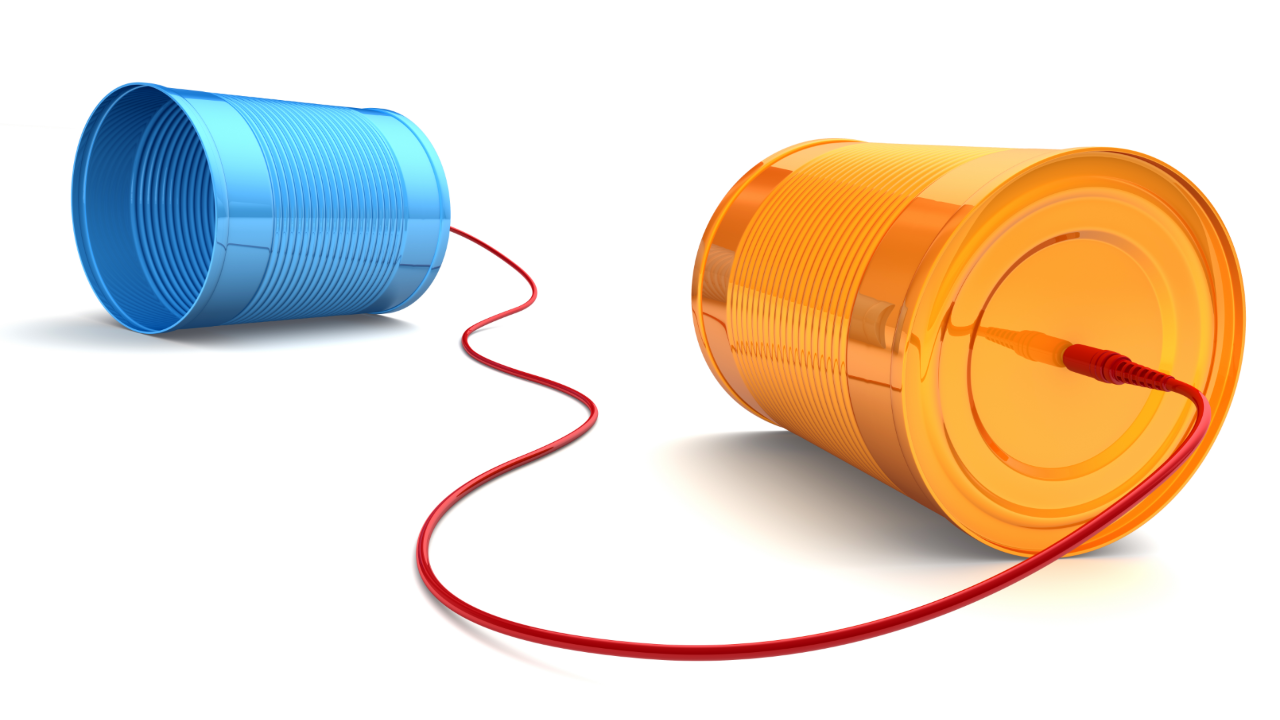The 7 Steps to Becoming an Effective Communicator

In today's volatile, uncertain, complex and ambiguous world, there are certain constants that remain integral to our personal and professional growth. These timeless elements serve as the foundation for continually improving and investing. While many proclaim that change is the only constant in life, I would argue that communication is another unshakable one.
Communication is the imparting or exchange of information, thoughts, and ideas. It has been a part of human existence since time immemorial. It's not limited to adult human beings; animals communicate, babies communicate, and even plants communicate through chemical signals. Communication is the invisible thread that weaves together the fabric of our world, and we engage in it so frequently that we often take it for granted.
Given that communication will forever be an intrinsic part of our lives, learning how to become an effective communicator is one of the most empowering things you can do for yourself and those you work with. While characteristics like self-awareness, personal power, creativity and integrity are undoubtedly important, it's communication that breathes life into these characteristics. Communication enables you to understand and connect with others on a deeper level.
Effective communication isn't just about the words you utter; it's about how those words are received and understood. Effective communication is a competency that underpins successful leadership.
Research from Ketchum Communications found that only 31% of employees believe their leaders communicate effectively. The study also revealed that 86% of workplace failures are due to ineffective communication or a lack of collaboration.
According to another study, employees who routinely receive confusing or unclear directions waste an average of 40 minutes of productivity every day.
But what exactly is effective communication?

As a leader, it's not just about what you say; it's about how well your message is received.
People who are effective communicators:
- Engage in meaningful exchanges, attuning to emotional cues and facilitating two-way communication.
- Tackle difficult issues head-on and address them transparently.
- Demonstrate active listening, seeking mutual understanding, and encouraging the free flow of information.
- Foster open lines of communication, remaining receptive to both positive and negative feedback.
- Deliver messages clearly and logically, ensuring organised and coherent communication.
- Excel in public speaking, effectively addressing large audiences.
Now that you recognise the importance of effective communication let's look at how you can develop this valuable competency:

1. Approach People in a Positive Manner; Be Open to Their Ideas and Opinions.
Approaching people with positivity sets the tone for effective communication. When you create an atmosphere of openness and receptivity, it encourages others to share their thoughts and insights without reservation. Imagine you're leading a team meeting to discuss a challenging project. Instead of diving straight into the problems and solutions, begin by acknowledging your team's efforts and expressing confidence in their abilities. This positive approach encourages your team members to actively participate, share their perspectives, and collaborate more effectively.
2. Listen to Understand.
Active listening is a cornerstone of effective communication. It involves not only hearing the words being said but also comprehending the underlying message and emotions. For instance, in a one-on-one conversation with an employee who's facing difficulties at work, practising active listening means offering your full attention, maintaining eye contact, and occasionally paraphrasing what their concerns are to ensure you understand correctly. This demonstrates empathy and fosters trust, creating a space for open dialogue.
3. Customise Communication to Individual Needs.
Recognising that people have different communication preferences is essential. Some may require data and facts to make informed decisions, while others may value acknowledgment and recognition.
4. Ask Open-ended Questions that Lead to Positive Conversations.
Asking open-ended questions is a powerful technique to facilitate meaningful conversations. Instead of posing closed questions that yield a simple "yes" or "no" response, frame your inquiries to encourage discussion.
For example, if you're working on a project with your team, rather than asking, "Is this approach working?" you can ask, "What aspects of our current approach do you think are effective? and "How can we enhance them?" This opens the door for team members to share their insights, fostering collaboration and generating valuable ideas.
5. Keep Your Communication Constructive.
Constructive communication focuses on solutions and progress rather than dwelling on problems. Suppose you encounter a situation where a project has encountered unexpected challenges. Instead of dwelling on the setbacks, shift the conversation towards finding solutions. Engage your team by asking, "What steps can we take to overcome these challenges?" By maintaining a constructive approach, you inspire proactive problem-solving and maintain a positive team dynamic.
6. Plan Your Messages for Effective Delivery and Reception.
Effective communication requires planning. Before addressing your team or colleagues, take the time to organise your thoughts and messages. Consider the purpose of your communication, the key points you want to convey, and the best way to deliver them. If you're presenting a proposal to stakeholders, ensure your message is well-structured and data-supported. Anticipate potential questions and concerns, and be prepared to address them. Planning your messages enhances clarity and instils confidence in your audience.
7. Express Appreciation Often and with Sincerity.
Acknowledging and appreciating others' contributions is a fundamental aspect of effective communication. Genuine expressions of gratitude reinforce positive behaviour and strengthen relationships. For example, if a team member consistently goes above and beyond, take a moment to express your sincere appreciation. By saying something like, "I want to acknowledge your dedication and hard work on this project. It's truly made a difference.", these words of appreciation not only motivate the individual but also contribute to a culture of positivity and collaboration.
Indeed, effective communication is constantly one of the most important qualities of any leader to stay competitive and relevant in this volatile, uncertain, complex and ambiguous world.
Incorporating these 7 steps into your communication style will transform your leadership approach, enriching your relationships and fostering a culture of open and productive dialogue within your organisation. By actively practising these principles, you can develop the competency of effective communication, empowering you to achieve your goals and inspire others to do the same.
Remember, the journey to becoming an exceptional communicator starts with these intentional steps.
We are here to help.
Communication is one of the core competencies of Emotional Intelligence. At People Builders, we have a team of expert trainers and coaches who will help you and your team develop Social and Emotional Intelligence, Communication, and many other competencies.
Contact us today for a quick chat to see how we can partner with you to train and coach you and your team. If you want to become a certified trainer and coach in Social and Emotional Intelligence or Extended DISC Behavioural Profiling, find out how by visiting the People Builders Institute website.
Let's start a conversation!
Contact us to see how we can partner with you to bring out the best in your people.
We hate SPAM. We will never sell your information, for any reason.



